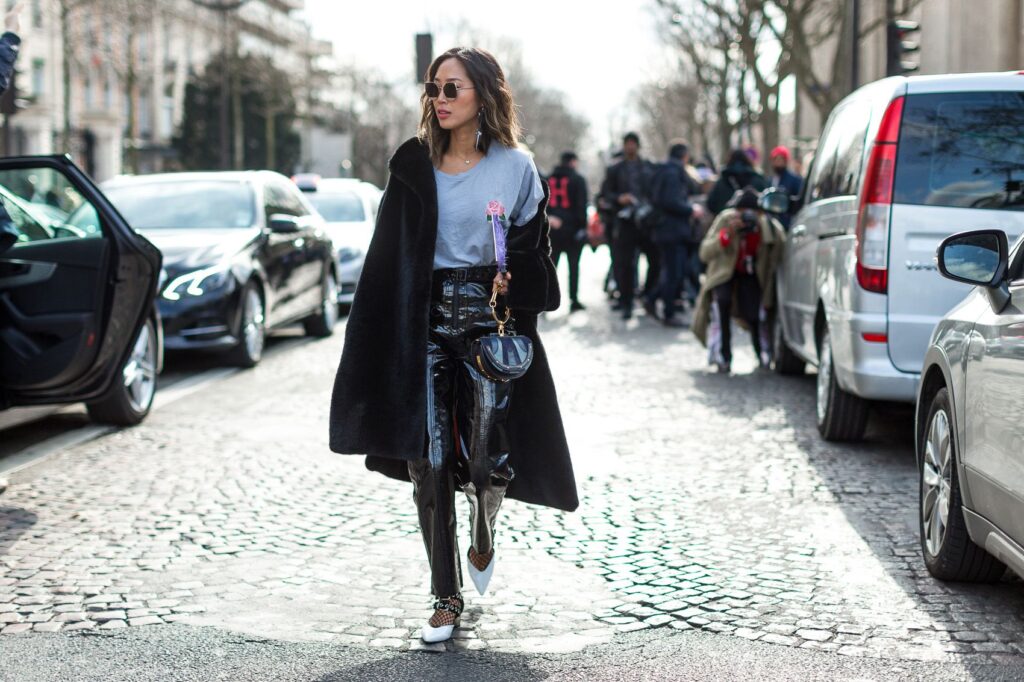Urban fashion in Europe is a living canvas a dynamic, ever-evolving reflection of culture, individuality, and history. From the cobbled alleys of Lisbon to the bustling avenues of Berlin, the streets of Europe have become informal runways where personal style speaks louder than trends. Street style, once a niche subculture, has grown into a defining pillar of European fashion, blending local flavor with global influence.
In Paris, style is instinctive. It’s where effortless chic reigns supreme. Parisians are known for their understated elegance crisp blazers, tailored trousers, neutral palettes, and just a hint of rebellion through accessories like vintage brooches or bold sunglasses. The city’s blend of high fashion heritage and street-level creativity results in looks that feel timeless and fresh.
Travel north to Copenhagen and you’ll witness a different rhythm. Danish street fashion is a masterclass in minimalism and utility. Clean lines, oversized silhouettes, and muted earth tones dominate, often accented by bold sneakers or playful accessories. Comfort meets aesthetic here, making style feel both approachable and aspirational.
Berlin, by contrast, leans into its raw, experimental edge. The city’s fashion scene is a fusion of grunge, punk, and techno subcultures. Leather jackets, thrifted pieces, DIY designs, and gender-fluid outfits dominate the streets. It’s less about following trends and more about expressing identity unfiltered, honest, and defiantly individual.
Meanwhile, Milan stays true to its heritage of refined craftsmanship and flair. Even in casual settings, there’s a certain polish structured coats, luxury handbags, and sleek footwear are common. Yet Milanese street style has evolved, welcoming sporty influences, bold prints, and streetwear elements into its traditionally elegant framework.
In cities like Amsterdam, Madrid, and Stockholm, street style reflects a harmonious balance between comfort and creativity. You’ll see tailored jeans paired with handmade knitwear, oversized coats over flowy dresses, and a notable focus on sustainability vintage, recycled, and locally sourced garments are proudly worn.
What makes European street fashion compelling is its authenticity. It’s driven not just by fashion houses but by students, artists, professionals, and creatives who use clothing as a form of visual storytelling. Social media has amplified these voices, turning everyday people into global style icons and pushing the boundaries of what fashion means.
As urban life continues to evolve, so too does street style. It’s democratic, diverse, and deeply personal. Across Europe, every sidewalk is a stage and every outfit a narrative stitched with culture, attitude, and the unmistakable signature of the city it was born in.

